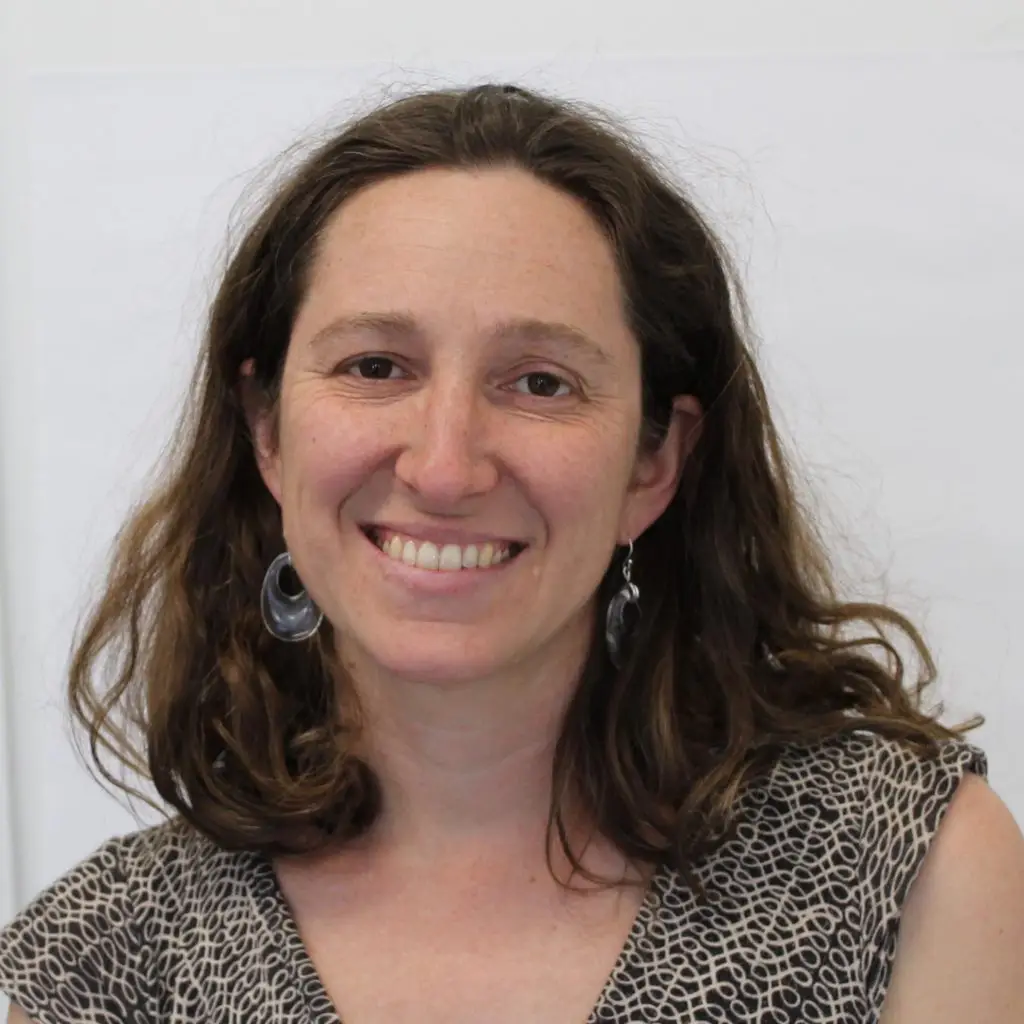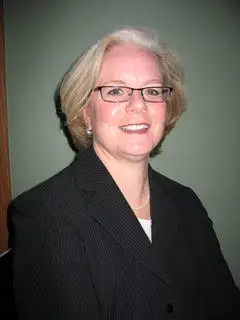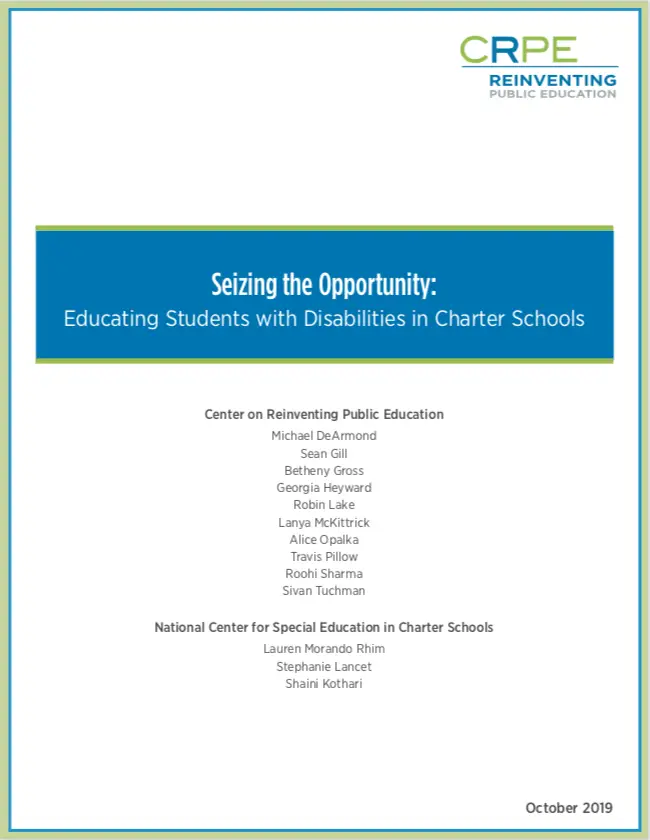Significant and persistent gaps in test scores and graduation rates between students with and without disabilities show schools are failing to prepare every child with unique learning needs for college, career, and life after high school.
Charter schools, which operate with enhanced flexibility and accountability for results, are well-positioned to find new, creative solutions to these challenges. This report is the first step in developing an evidence base about how charter schools meet the needs of unique learners, how they can improve in this work, and what aspects of chartering as a governance model support or impede their ability to do so.
Researchers at the Center on Reinventing Public Education (CRPE) and the National Center for Special Education in Charter Schools (NCSECS) spent the past 12 months studying charter schools that are getting results in educating students with disabilities. We found that effective education for these students depends on an integrated set of schoolwide principles that are set in action, reinforced, and sustained by intentional organizational systems and structures.
Our findings point to six important implications that can accelerate progress in all public schools.
Special education cannot be an isolated program. The best schools have a schoolwide commitment to serving every student’s unique needs. They seamlessly integrate students with unique learning needs into their instructional and social fabric.
Special education cannot be static. Excellent educators are continuously learning and bringing new approaches to their schools. They have a hunger to be better, and school leaders encourage this mindset through excellent professional development and time for collaboration.
Special education cannot be generic or standardized. Creativity and flexibility, not blind adherence to set practices, are required to adapt to individual needs. More sharing of professional knowledge, including effective technology, would help ensure creative problem solving builds on a foundation of proven practices.
Quality teachers and leaders are nonnegotiables. High turnover rates and underresourced schools undermine the delivery of high-quality services to students with disabilities. Schools must intentionally recruit educators who embrace the idea that all adults in the building are responsible for all students, including students with disabilities. Educator preparation and professional development programs must work to instill that belief.
Balancing rigor with effective accommodation and personalization, and planning for life beyond high school are common struggles. This was true even among the most advanced schools and those known for having high expectations. And all schools must do a better job of preparing students with disabilities for successful transitions to college, work, and life after high school.
Charter schools could better utilize their flexibility in special education. Most of the approaches we observed in charter schools are fairly traditional but in some promising schools we studied, they were delivered consistently and effectively. We discovered a few schools that operated further outside the box, to good effect—leading us to believe that charter schools could do more to innovate around staffing models or instructional approaches for improved efficiency and results.
As challenging as it may be to follow the lead set by the most promising schools in our study, it is also clear that even they have far to go to achieve excellence for all.












